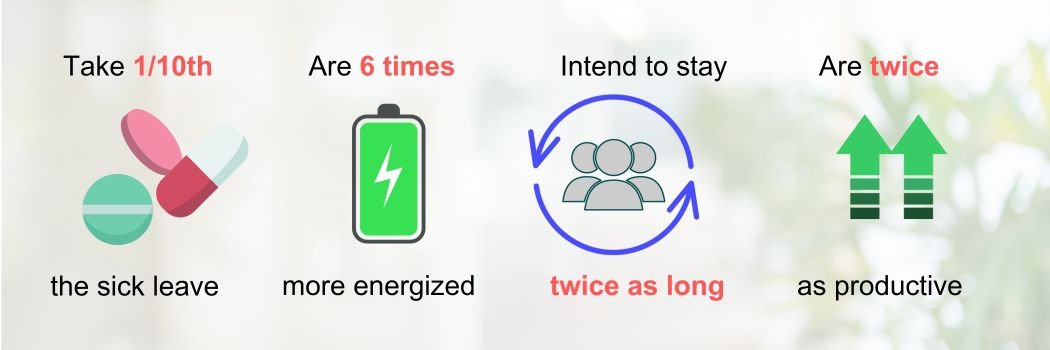Trading burnout for belly laughs
Can Laughter Be the Antidote to Workplace Burnout?
Let's talk about something we all could use a little more of: laughter. While it may sound too simple, in our race to "make it,” many of us are hitting the dreaded wall of burnout. Compound this with “there’s less than 8 weeks until Christmas,” and maybe that medicine of laughter is just what the doctor ordered…
According to Gallup, about 3 in 4 workers in Australia say they experience burnout on the job at least sometimes, and 29% report feeling burned out very often. Poor wellbeing affects an organisation's bottom line through lower productivity, higher turnover, higher absenteeism, and higher medical costs, and can cost organisations 15%-20% of total payroll in voluntary turnover costs on average.
The Science of Laughter in Leadership
Laughter triggers the release of endorphins, which are the body's natural feel-good chemicals. When leaders use humour, not only does it raise positive emotional states, it enhances problem-solving abilities, boost morale, and improves overall well-being.
Based on the research of Dr. Barbara Plester, people who are at happy workplaces feel more free in their roles, they are more likely to feel part of a team, and find their work more meaningful.
She mentioned that she once worked in an office where laughter was not allowed. People snuck off to share laughter behind closed doors, because they couldn’t simply NOT do it.
Why Perks Aren’t the Answer
For too many workplaces, the focus goes straight to perks.
First let’s get clear on the differences between benefits, rewards and perks.
Benefits are in our opinion prerequisites to a healthy workplace, things like health insurance, additional maternity or paternity leave, extra leave days and progressive flexible working norms.
Rewards are typically tied to performance or milestones.
Perks are those extra things that leaders add to bring fun, levity and happiness into the workplace, such as gyms, slides, massages, snacks, nap pods, pizza parties, discount deals, and free meals.
These things can cost a lot of money and take a lot of time to organise and when companies get them wrong, they often backfire and make employees less happy and motivated.
Why don’t these perks work?
➡️ They can be exclusive. Free cake? What if I’m gluten intolerant or I don’t eat cake? We had a client whose CEO was into physical fitness and built a gym within the office. What started with great intentions quickly turned sour, as the organisation realised over half of the team preferred outdoor exercise, or had physical limitations that prevented them from using the gym… or didn’t want to stay around after work to exercise.
➡️ Chthonic adaptation (a fancy way of saying: “We get used to things”). It’s like the free fruit basket: the first couple of months are great until someone starts asking “Is this organic?”
What does work? 💡
Prioritise activities over things.
For example:
Activities where your team can connect and build meaningful relationships
Activities where people can learn new skills, like an internal academy
Create an activity that is of service to others, for example, volunteering experiences
Give your people meaningful work to do
Show them they are significant: create Mattering
You can’t buy happiness
What we can learn from Zappos..
Zappos Inc creates a happiness culture by serving the community and living its values. Leaders encourage team members to write down their most meaningful moments in a 'Culture Book' which is used as a playbook for organisations worldwide. Zappos holds an annual Thanksgiving event where they serve people who are homeless for a whole day by serving them food, and giving them shoes and clothes. The whole company participates.
Our advice…
Remember, it's essential to be aware of your surroundings, and avoid turning your fun into a distraction for your colleagues. But as Harvard Medical School professor Carl Marci notes, “Laughter is a social signal among humans. It’s like a punctuation mark.”
Sometimes amid a stressful day, it’s helpful to be the exclamation point.


